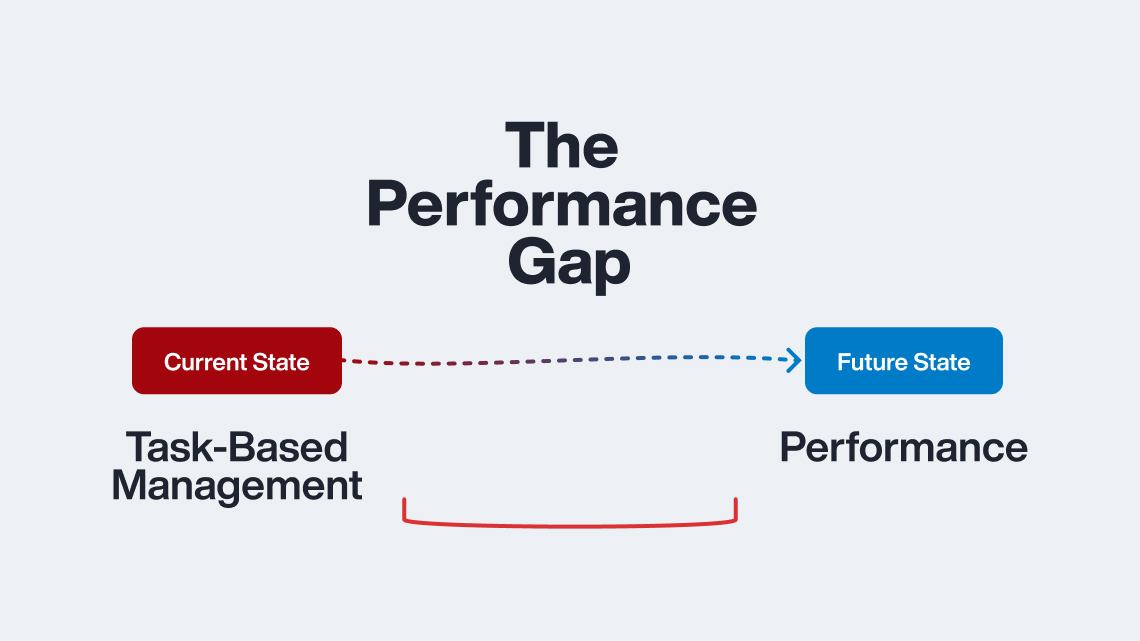Published on October 29th, 2013
By Aimee Miller
When the housing bubble burst, millions of people were pushed from their homes, flooding the rental market. As a result, rents have been rising steadily and are up 4% in 2013 alone. In addition, some economists estimate the yield on rental properties is 6%, triple the 2% you get on ten-year treasuries. It’s no surprise then that investors are looking to obtain more rental units.
Many are acquiring these units by buying distressed properties and renovating them. Between 2008 and 2011 a third of home sales involved distressed sales. Last year, half of investment purchases were for distressed properties. With some preparation, you can take advantage of this trend as well. Here are some things to consider when investing in distressed properties.
Select Your Property Wisely
Find areas where prices appear to have hit bottom but where jobs and population are growing.
Check out foreclosure auctions and estate sales. Avoid run-down neighborhoods. Your ideal property is a distressed house in a good neighborhood. If you’re looking at foreclosed properties, get current on your state’s foreclosure laws.
Get Good Advice
Consider using a real estate agent who works directly with financing institutions. Make sure they are certified to handle distressed sales. They’ll be familiar with the sometimes-complicated paperwork and will know of properties about to come on the market. They can also advise you on what the property will be worth after renovations and the level of rent you can hope to get for the refurbished units.
Before you buy, have a general contractor inspect the property and provide a price for the rehab. Calculate the taxes and figure out what it’s going to take to market the property. Then add 20% for any unexpected issues.
Design for Them
Design for renters, not for you. Know the amenities that renters are looking for and that lead to higher rent payments. Do competitive surveillance of nearby properties to understand the correlation for design and rent levels. Document your budget and compare actuals as you move through your renovations.
Buy Right
Don’t buy on price alone. Just because the property is cheap doesn’t mean it will attract tenants. Don’t be afraid to lowball the price. The lender may be more motivated to unload the property than you think. Use a current property appraisal to negotiate a better deal. Look for higher capitalization rates: the rate of return on an investment property based on expected annual rental divided by purchase price. Remember, higher cap rates mean more risk.
Finally, be patient. Buying and renovating a distressed property can be a long-term project. Bureaucracy at the lending institutions and delays in construction can sometimes slow things down. But if you stick with it, the rewards can be substantial.









Anna
—
Thank you for great articles, Aimee! Discovered your blog recently and have used a lot of info to share with our clients – both landlords and tenants! Well written and always to the point!